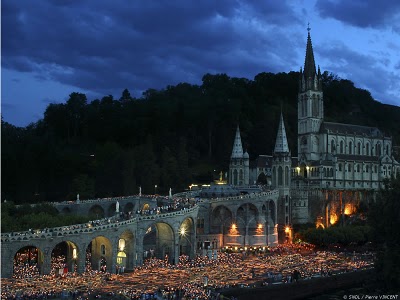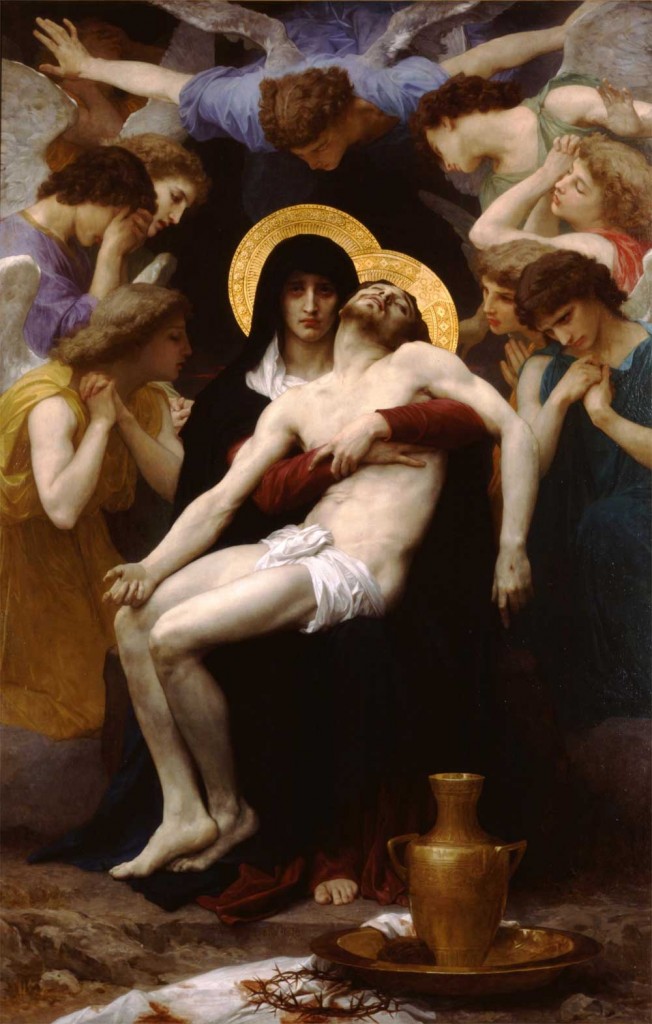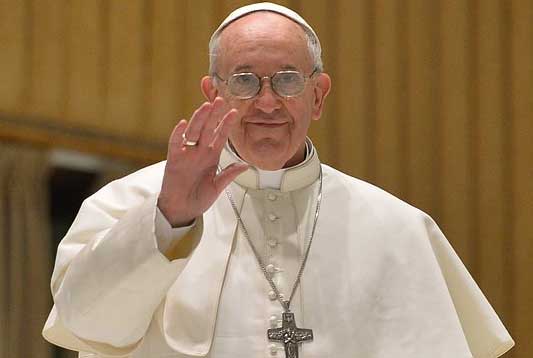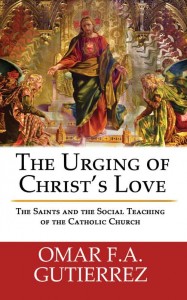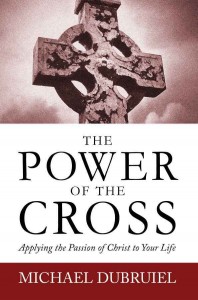Episode 32- Regnum Novum: Bringing forth the New Evangelization through Catholic Social Teaching with Omar Gutierrez – We continue the study of the “Compendium of the Social Doctrine of the Church” Chapter 6 –  on how the Right to Work can be seen as a pro-life issue. We also discuss the issue of immigration.
on how the Right to Work can be seen as a pro-life issue. We also discuss the issue of immigration.
Podcast: Play in new window | Download (Duration: 28:00 — 12.8MB) | Embed
Subscribe: Apple Podcasts | Spotify | Amazon Music | Android | Pandora | iHeartRadio | JioSaavn | Podchaser | Gaana | Podcast Index | Email | TuneIn | Deezer | Anghami | RSS | More
CHAPTER SIX
HUMAN WORK
V. THE RIGHT TO WORK
a. Work is necessary
b. The role of the State and civil society in promoting the right to work
c. The family and the right to work
d. Women and the right to work
e. Child labour
f. Immigration and work
g. The world of agriculture and the right to work

We live at a very special time. The confluence of many things has brought forth the clear need to be able to articulate the Social Teaching of the Catholic Church in a way that is accessible and applicable. This is not to be an effort where high-minded theories are to be bandied about. Rather, this is a time of opportunity wherein we can apply the Social Doctrine to the concrete so as to bring about a New Kingdom, a Revolution. – Omar G.
Also visit Omar’s “Discerning Hearts” page Catholic Social Teaching 101

